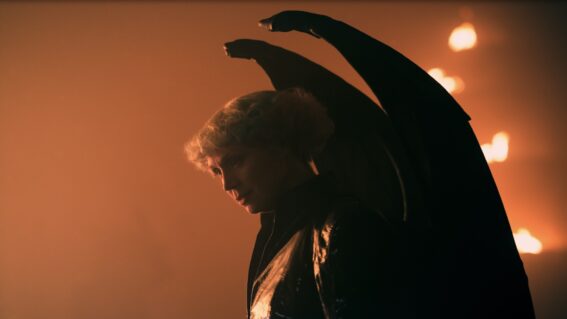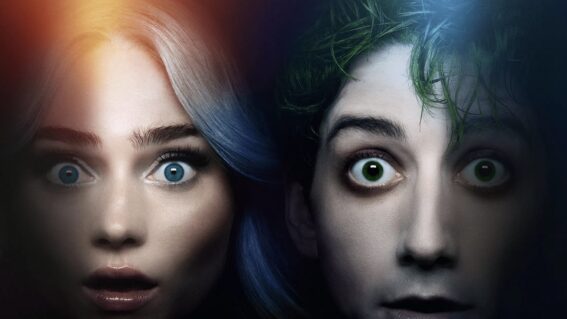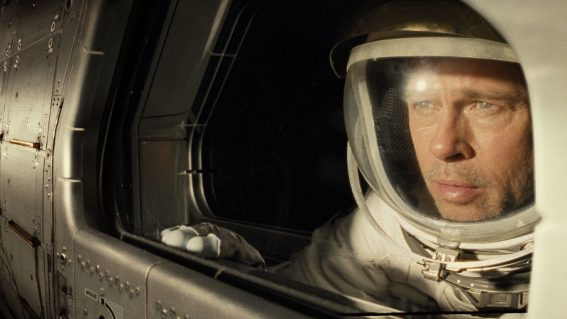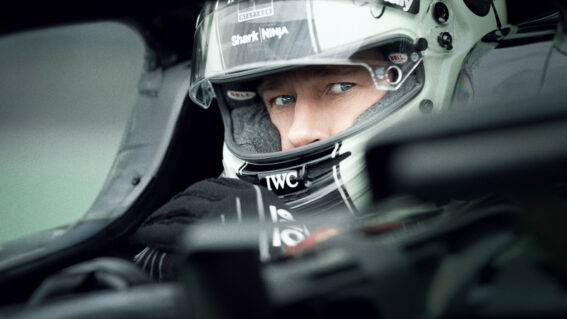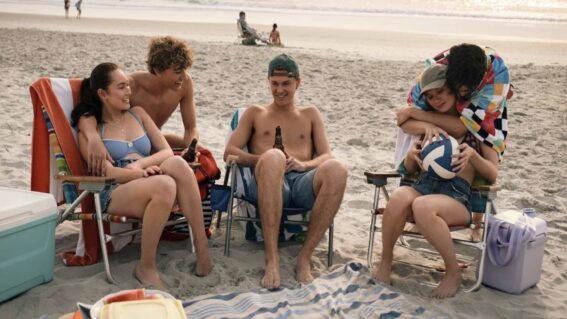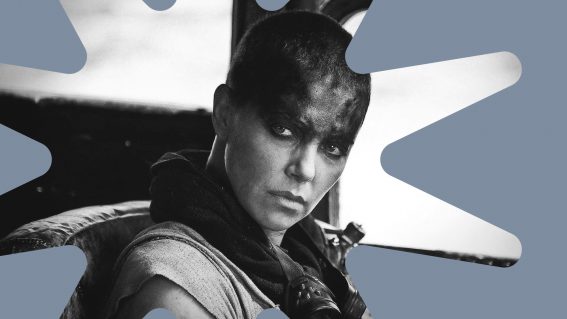The kooky magic of Henry Selick: so much more than Tim Burton’s sidekick
With his new morbid jaunt Wendell and Wild on Netflix, Selick should get the creative credit he’s earned.
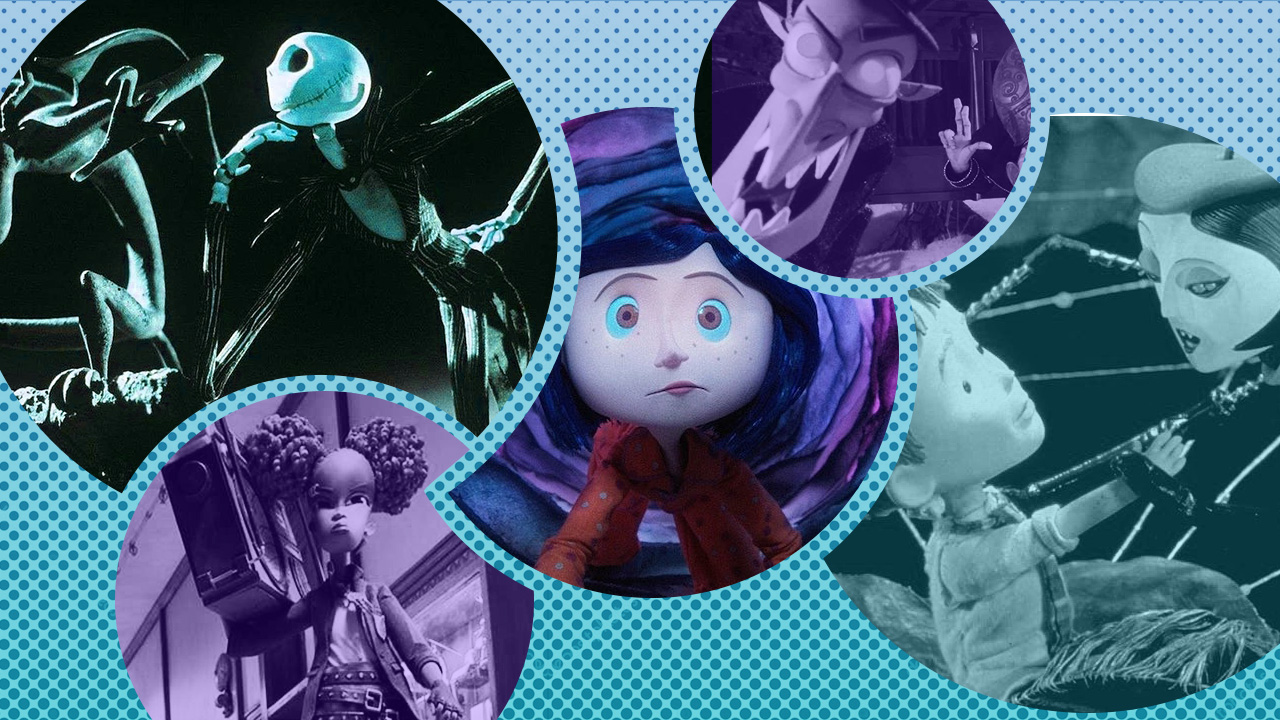
Stop-motion maestro Henry Selick has a new film on Netflix, his first in over a decade: let’s hope it doesn’t get mistaken for the work of Tim Burton again. Eliza Janssen looks back at the soulful and spooky animation legend.
It’s right there on the poster, above the title: Tim Burton’s The Nightmare Before Christmas. So perfectly attuned to Burton’s world of skinny, whirling goths and curly German Expressionist landscapes, you’d be forgiven for assuming that the 1993 cult holiday classic came solely from the mind of the Edward Scissorhands and Beetlejuice director.
Burton is rightly credited for producing and conceiving the story behind The Nightmare Before Christmas, but there’s something a tad unfair in the exclusion of the film’s director. Why isn’t it Henry Selick and Tim Burton’s?
With his latest morbid stop-motion creation Wendell and Wild now on Netflix, it might be time to remember the distinctive work Selick has been putting out for just as long as his better-known auteur buddy. To put some respect on this spooky man’s name.
Selick’s earliest inspiration came from seeing paper and clay come to life in the groundbreaking stop motion features The Adventures of Prince Achmed and The 7th Voyage of Sinbad, the first colour presentation of Ray Harryhausen’s ‘Dynamation’ technology. Like his pal Burton, he would slave in the animation offices of Disney during the 1970s, honing his illustration skills but probably loathing the unimaginative corn the studio was producing at that time.
It’s not that Burton wasn’t capable in the malleable magic of claymation—his short Vincent shows the macabre ingenuity we’d get in Nightmare a decade later. But by the time his Christmas-themed idea was approaching production, he was too busy directing Batman Returns, and admitted to being put off by the “painstakingly slow process” the film would entail.
So Selick stepped in: turning two years, 109,440 frames, and 227 individual puppets into a 73 minute feature. He would later try to not throw Burton under the bus in explaining their remote collaboration. “It was my job to make it look like ‘a Tim Burton film’, which is not so different from my own films”, he told Sight and Sound. “I don’t want to take away from Tim, but he was not in San Francisco when we made it…and spent no more than eight or ten days in total.”

In Selick’s next feature, he would pad out the strenuous needs of stop-motion with a live-action opening act—and it’s certainly the weakest part of James and the Giant Peach. Once we enter the fruity, freaky animated world of Roald Dahl’s story and leave the human actors behind, Selick’s trademark exuberance can properly shine. The film kept the darkness and yucky textures of Nightmare but went more for optimistic whimsy with its tale of an orphaned boy and his found family of insects.
2001 brought about Selick’s first flop, a movie I still kinda defend since it has Brendan Fraser firmly in his goofball straight man era. A more adult and raunchy fantasy-comedy, Monkeybone has an exhausting and random feel to it, despite some weirdly brilliant performances from comedians like Whoopi Goldberg, Bob Odenkirk, and Chris Kattan as a necromanced gymnast. Worst of all, the film’s sequences set in a hellish ‘Dark Town’ were read as Burton rip-offs by many critics.
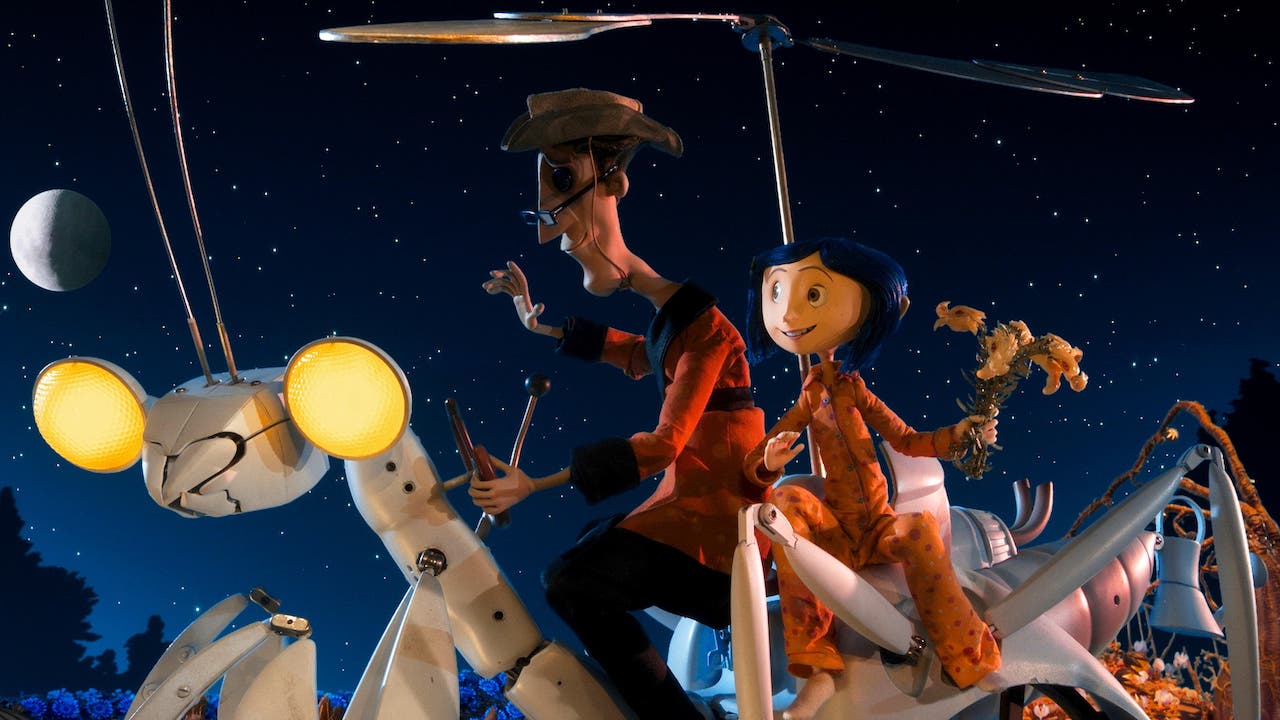
Selick’s next, Oscar-nominated feature would be confused for the work of that more famous emo fantasist, too. But look a little closer at Coraline and you’ll see it’s Selick all the way: still conveying depths of feeling through new 3D printed models, and balancing scares with vibrant colour and messy characters much more human than their exaggerated features suggest.
Around the same time Burton was buying back into Disney, his formerly unappreciative employer, to make lame CGI-soaked adaptations like Alice in Wonderland, Dumbo, and Miss Peregrine’s Home for Peculiar Children. Not to compare the two too harshly or anything, but I’d take another Coraline over the last five Burton projects anyday.
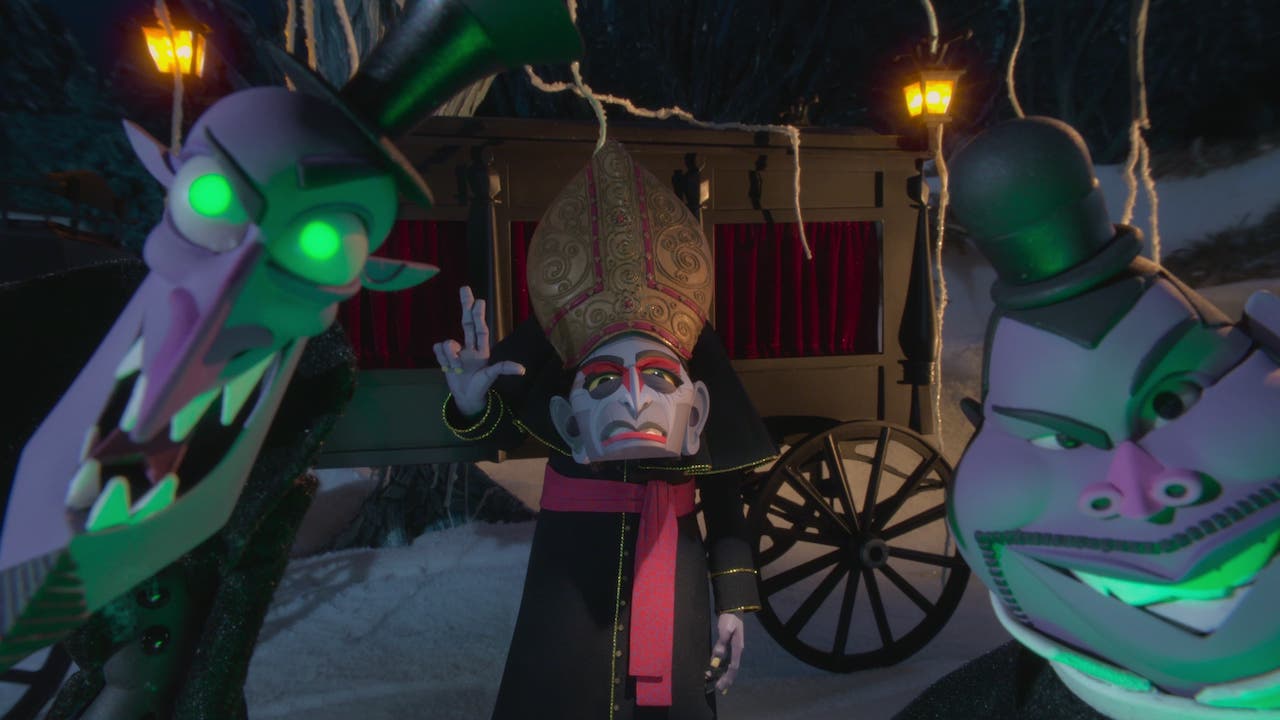
Perhaps with Wendell and Wild, Selick’s first project in over a decade, tech and Nightmare-loving audiences have caught up enough to ensure the director gets the credit he deserves. The film’s very long for stop-motion (105 minutes), and initially looked so smooth that Selick was worried that it’d be mistaken for CGI. The solution was to shoot with fewer frames per second, and to leave in the craggly seams on various puppet’s faces.
That might be the key to Selick’s kooky sorcery: letting us see his hard work, and then enchanting us into believing these dancing skeletons and bugs are real anyway. It’s good to have him back.









